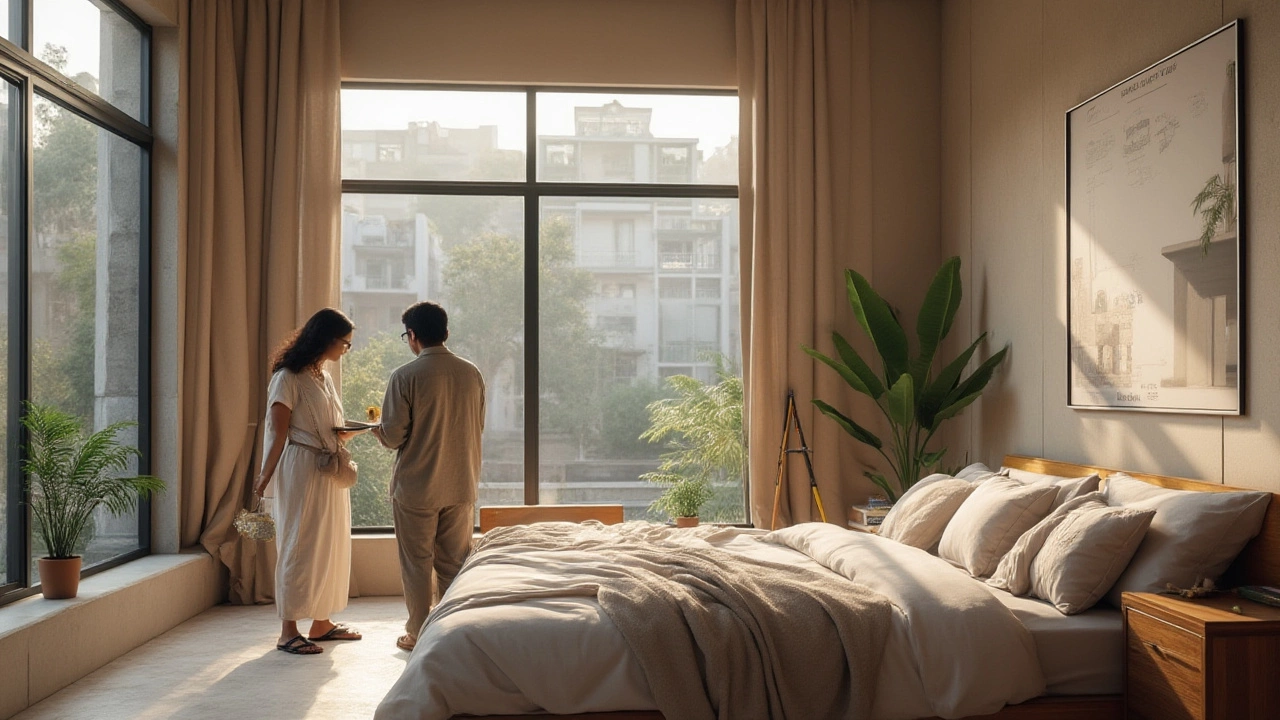Remodeling: Transforming Spaces for Function and Style
When planning remodeling, the process of upgrading, reconfiguring, or renewing an existing building or interior space to improve its function, aesthetics, or value. Also known as renovation, it lets owners adapt spaces to new needs while preserving useful structures. Whether you’re refreshing a kitchen, adding a gym floor, or fixing a leaky foundation, the goal stays the same: make the space work better for you.
Remodeling remodeling isn’t just a paint job; it’s a blend of construction, the planning, structural work, and material installation that give a project its backbone. Good construction sets the stage for every other detail. From load‑bearing walls to waterproofing, a solid construction plan reduces future headaches and keeps budgets realistic.
The visual impact, however, often comes from interior design, the art and science of arranging space, color, texture, and furniture to create a cohesive look and feel. Interior design shapes how a remodeled room feels—cozy, energetic, or sleek. It also drives choices like lighting, décor, and space flow, ensuring the finished space isn’t just sturdy but also inviting.
Flooring choices are a practical crossroads where construction meets design. Selecting the right flooring, the surface material that covers sub‑floors and defines foot traffic durability and aesthetics, affects maintenance, acoustics, and safety. Sports‑grade vinyl, polished concrete, or hardwood each bring distinct benefits, and the decision often hinges on the room’s purpose and traffic levels.
Key Elements of Successful Remodeling
First, define the scope. Knowing whether you’re tackling a minor bathroom upgrade or a full‑scale commercial gym remodel guides every subsequent step. Second, assess structural constraints. Load limits, existing utilities, and code compliance shape what’s feasible. Third, set a realistic budget. Average construction profit margins in 2025 hover around 10‑15%, so budgeting for contractor markup, materials, and contingency avoids surprise overruns.
Next, prioritize durability. In high‑traffic zones—like gym floors or public hallways—low‑maintenance options such as sealed concrete or epoxy‑coated surfaces extend life and cut cleaning costs. For residential spaces, consider easy‑clean vinyl planks that hide scuffs while offering a warm look. Pairing durable flooring with proper sub‑floor preparation prevents premature wear.
Lighting and ventilation often get overlooked, yet they dictate comfort and energy use. Adding a high‑efficiency window above a kitchen sink, for example, improves airflow and natural light, boosting both safety and visual appeal. Simple upgrades like LED fixtures can lower electricity bills while highlighting new design elements.
When it comes to walls, a fresh coat isn’t enough for a lasting impact. Texture, accent colors, or even removable wall panels can transform a bland space into a visual focal point. Creative wall ideas—such as patterned tiles or acoustic panels—serve both aesthetic and functional roles, especially in gyms where sound control matters.
Don’t forget the hidden systems. Plumbing, electrical, and HVAC upgrades often need to be addressed during a remodel to meet modern standards and improve efficiency. For instance, upgrading to a tank‑less water heater reduces space usage and energy consumption, aligning with sustainability goals.
Project management ties everything together. Clear communication with architects, interior designers, and contractors ensures timelines stay on track. Writing a solid brief—detailing goals, materials, and performance expectations—helps avoid misunderstandings and streamlines approvals.
Finally, consider future needs. A flexible layout, modular furniture, or raised flooring for easy cable routing can accommodate evolving uses without a full redo. This forward‑thinking approach reduces long‑term costs and enhances value.
Below you’ll find a curated collection of articles that dive deeper into each of these areas—post‑marathon recovery tips for athletes, hybrid construction concepts, budgeting tools for interior designers, low‑maintenance flooring options, and more. Each piece offers practical advice you can apply right away, whether you’re a homeowner, facility manager, or contractor looking to elevate your next remodel.
